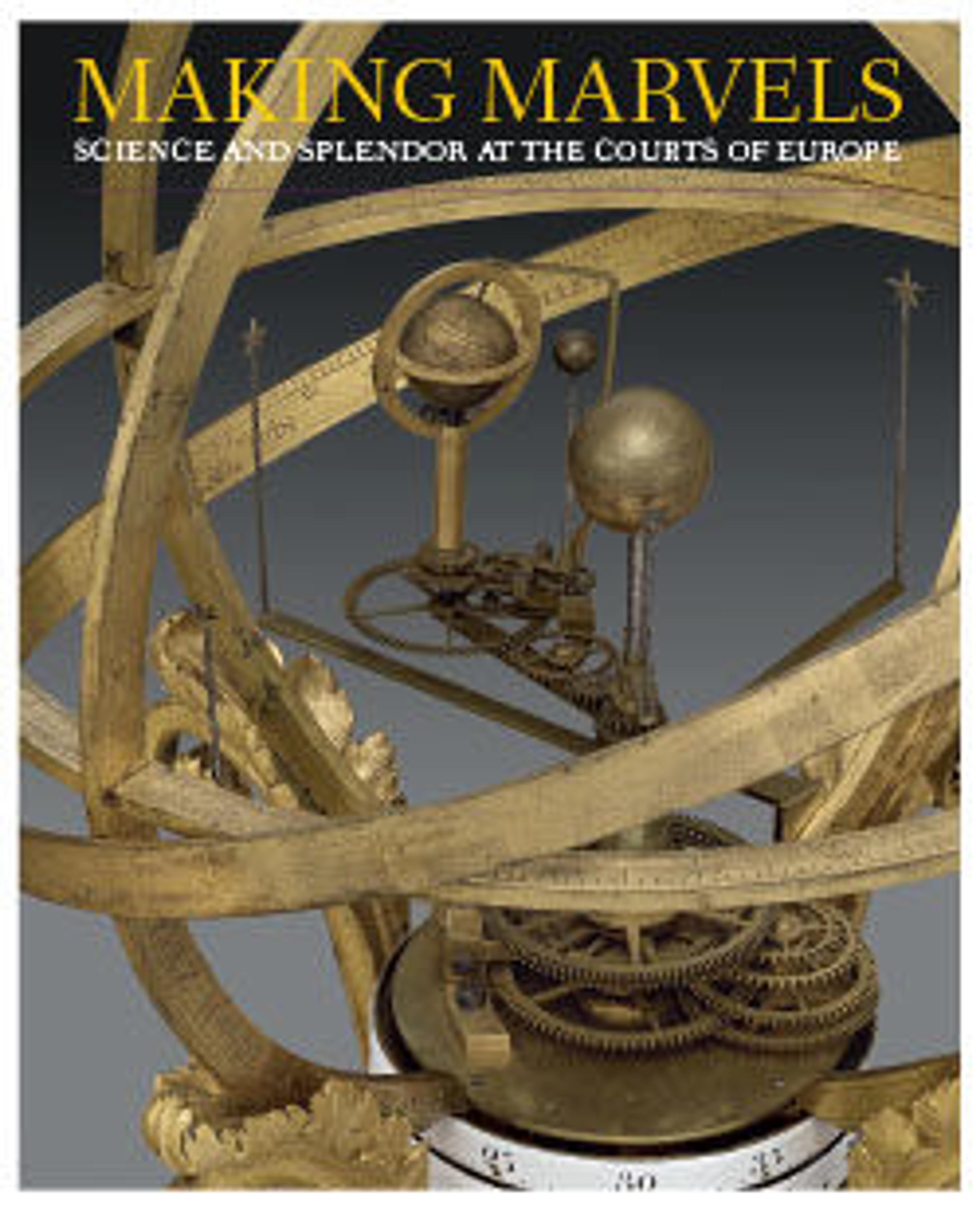Portrait of Augustus II, Elector of Saxony, King of Poland, and Grand Duke of Lithuania
The enameller Georg Friedrich Dinglinger (1666–1720), the creator of the present portrait, and Georg Christoph Dinglinger (1668–1728), who specialized in cutting and setting jewels, were brothers of the famous court goldsmith, Johann Melchior Dinglinger (1664–). The latter was one of Europe's greatest goldsmiths, whose major works for the elector of Saxony, Augustus the Strong, survived in the Grünes Gewölbe (the "Green Vaults"), Dresden. Dinglinger was the last goldsmith to work on the grand scale of Benvenuto Cellini and Wenzel Jamnitzer.
Artwork Details
- Title: Portrait of Augustus II, Elector of Saxony, King of Poland, and Grand Duke of Lithuania
- Enameler: Attributed to Georg Friedrich Dinglinger (German, 1666–1720)
- Date: after ca. 1712–20
- Culture: German, Dresden
- Medium: Enamel on copper; silver partially gilt frame set with diamonds, emeralds, and fresh-water-pearls
- Dimensions: enamel plaquette: 11 1/4 × 9 3/16 in. (28.6 × 23.4 cm)
Framed (confirmed, ht. with bail ring raised): 14 1/2 × 10 5/8 in. (36.8 × 27 cm) - Classification: Enamels
- Credit Line: Bequest of Henry H. Arnhold, 2018
- Object Number: 2019.139.3
- Curatorial Department: European Sculpture and Decorative Arts
More Artwork
Research Resources
The Met provides unparalleled resources for research and welcomes an international community of students and scholars. The Met's Open Access API is where creators and researchers can connect to the The Met collection. Open Access data and public domain images are available for unrestricted commercial and noncommercial use without permission or fee.
To request images under copyright and other restrictions, please use this Image Request form.
Feedback
We continue to research and examine historical and cultural context for objects in The Met collection. If you have comments or questions about this object record, please contact us using the form below. The Museum looks forward to receiving your comments.
